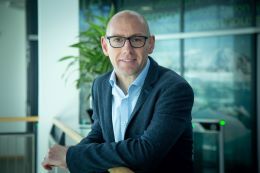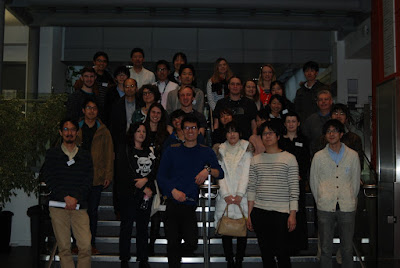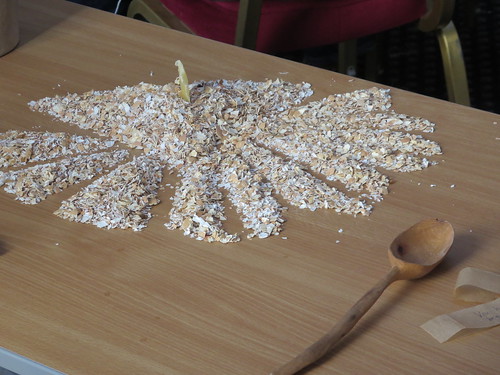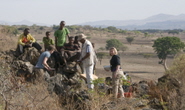Climate-driven changes in extreme weather events are one of the highest-risk future shocks to the UK food system, underlining the importance of preparedness across the food chain. However, the CCC’s 2023 report on adaptation progress highlighted that current climate adaptation plans and policies, and their delivery and implementation for UK food security are either insufficient or limited. Through an ongoing Met Office cross-academic partnership activity (‘SuperRAP’) working across all eight partner universities (including Bristol), Defra, the Food Standards Agency, UKRI-BBSRC and the Global Food Security Programme, a recent perspective paper, and associated online workshops and surveys in January 2023 have:
- Scoped out the direct impacts of weather and climate extremes on the UK food supply chain,
- Highlighted areas where weather and climate information could support resilience across time and space scales through decision making and action,
- Identified key knowledge gaps,
- Made recommendations for future research and funding, and
- Scoped out the potential adaptation/policy responses to the direct impacts of weather and climate extremes on the food chain, and the resulting trade-offs and consequences

However, a major gap remains in understanding the changes needed to rapidly increase the delivery and implementation of climate adaptation in support of resilience in the UK food system. A workshop on this topic was held at the University of Reading’s Henley Business School on 13-14 June 2024 bringing together academics across a wide range of disciplines and presented findings back to industry and government stakeholders for their feedback and prioritisation.
The workshop aimed to consider key areas for supporting resilience and adaptation to climate change identified by the January 2023 workshop including innovation and trialling novel management and production approaches, social innovation and enabling behavioural shifts, mutual learning, and underpinning evidence gaps. The workshop was supported by a cross-sector survey on adaptation barriers and priorities.
Overarching themes identified in the workshop included the need for a strategic, system-wide, and long-term approach, underpinned by strong inter- and transdisciplinary collaboration.
Critical evidence gaps include improving understanding of:
- Impacts of international dimensions and trade on UK food ingredient and packaging availability, compared to UK-sourced products – and their interactions
- Impacts of climate extremes on production and transport and effective adaptation options
- Impacts of climate shocks on UK livelihood systems, households and consumers
- Broader adaptation and transformation needed to escape existing ‘doom loops’
- Application of tech solutions (e.g. GM/gene editing) for climate resilience and adaptation
Other issues raised included thresholds for change, land pressures, substitutability of different foods, impacts of government policy, nutrition, regenerative practices, and interactions with the energy sector.
Recommended ways forward include:
- Tools, models, and methods that consider risks across the food chain and system outcomes
- A focus on inter- and trans-disciplinary approaches.
- Increased international collaboration/cooperation, and stronger government-science interactions
- Enhancing food chain data access, use and integration, and a supportive enabling environment
- Long-term trials: to provide evidence of impacts of alternative practices
- Preparing the transport network for climate extremes.
- A refresh of the National Food Strategy, building on latest science
- A new funding landscape: long-term, strategic, visionary, systemic, trans- and interdisciplinary, co-designed and coordinated.
Other issues raised included: sharing responsibility and joined-up, transparent approaches across sectors and institutions; risk mitigation tools; use cases and roadmaps; welfare responses; interdisciplinary skills training; and research across a wider range of crops.
We are aiming to produce a peer-reviewed perspective paper on critical research (and practice) gaps, and recommendations for the way forward.
———————————–
This blog was written by Professor Pete Falloon from the Cabot Institute for the Environment and Met Office.

















